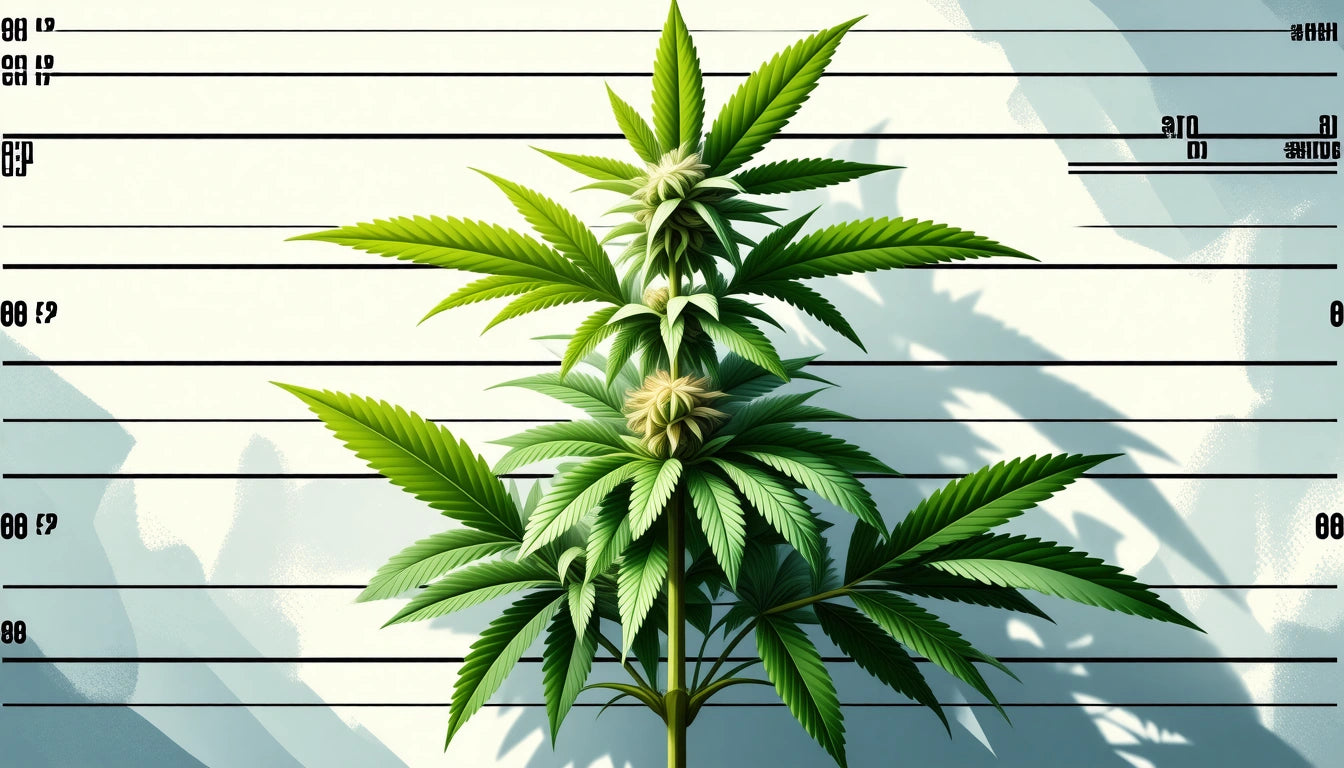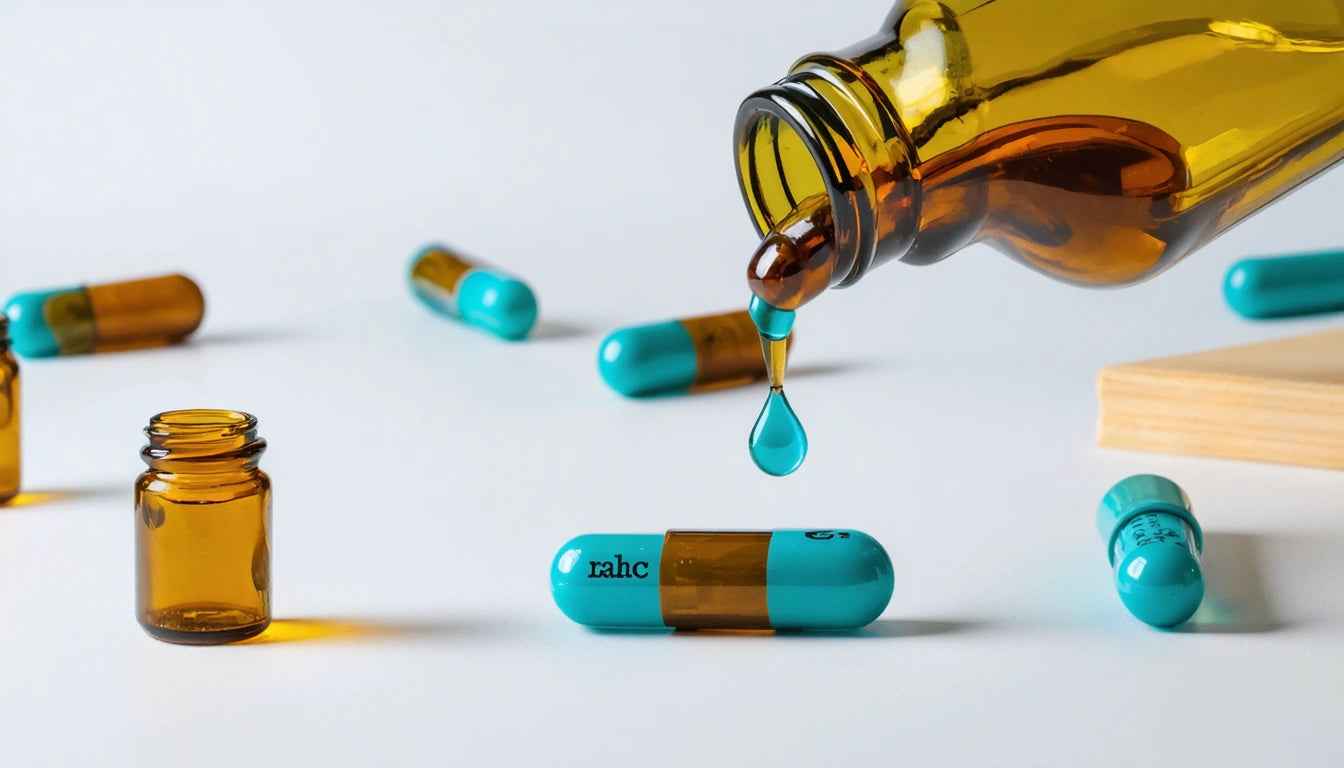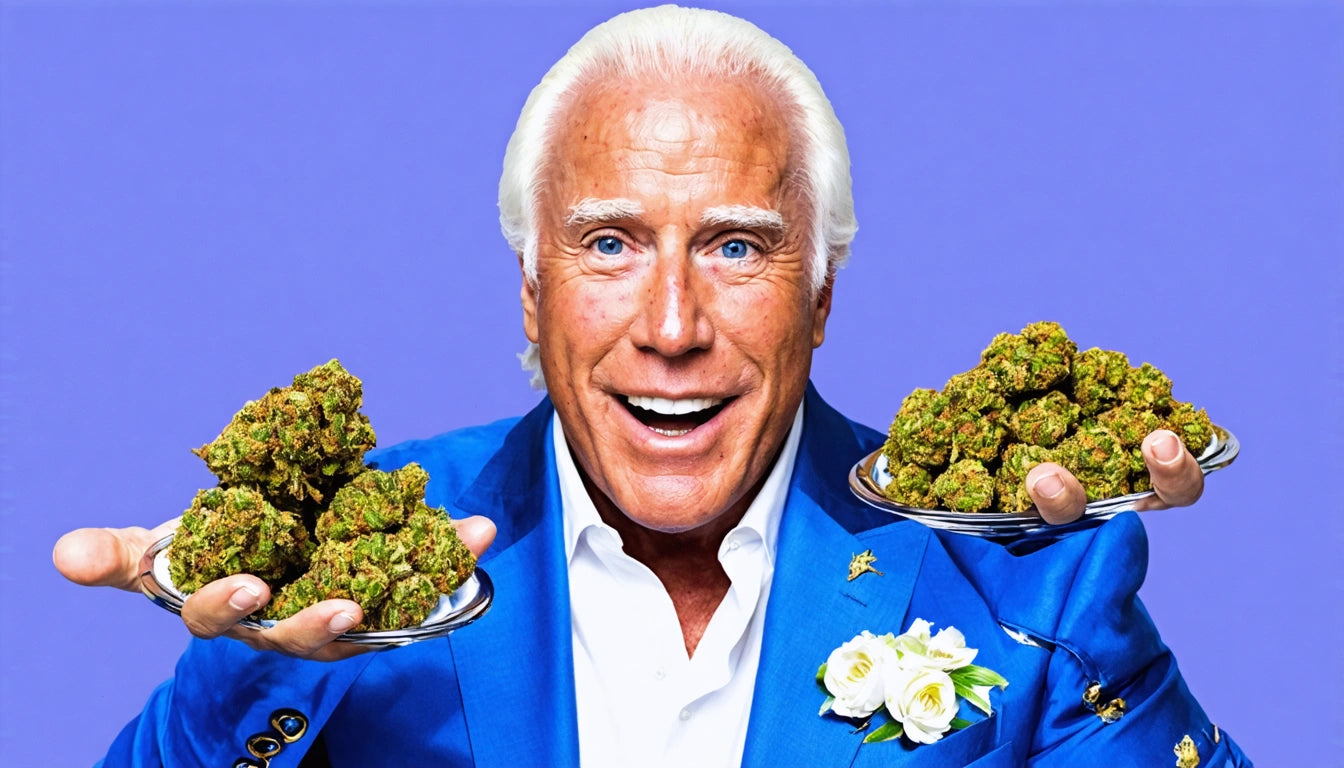Table of Contents
A Comprehensive Guide to Identifying and Understanding the Hemp Plant
Hemp is one of the world's oldest cultivated plants, with a history dating back thousands of years. Despite its historical significance and growing popularity, many people still wonder, "what does a hemp plant look like?" This guide provides a detailed exploration of hemp's visual characteristics, growth patterns, and distinguishing features to help you confidently identify this versatile plant.
Visual Characteristics of the Hemp Plant
The hemp plant (Cannabis sativa L.) has a distinctive appearance that sets it apart from other agricultural crops. When asking "what does the hemp plant look like," several key features come into focus:
Height and Structure
Hemp is not a grass or shrub but rather a tall, annual herbaceous plant. Industrial hemp typically grows 6-16 feet tall with a single, straight main stem. The plant develops a woody core as it matures, with stems that can reach 1-2 inches in diameter. Unlike bushy marijuana varieties, industrial hemp grows tall and slender with fewer lateral branches.
Leaf Appearance
Hemp leaves are palmate compound leaves, meaning multiple leaflets (usually 5-9) extend from a central point like fingers from a palm. Each leaflet has serrated edges and a lance-like shape that tapers to a point. The leaves grow in an alternate pattern along the stem and are typically dark green on top and lighter underneath.
What Color is Hemp?
The color of hemp plants varies depending on growth stage, variety, and growing conditions. Generally, hemp displays deep green foliage during the vegetative stage. As plants mature, they may develop yellow, amber, or purple hues, particularly during flowering. The stems range from green to brownish-tan as they mature and develop their fibrous qualities.
According to our guide on growing and harvesting hemp, proper lighting conditions significantly impact the plant's color development and overall health.
Highlight: Hemp plants typically feature a tall, straight central stalk with distinctive palmate leaves containing 5-9 pointed leaflets with serrated edges.
Distinguishing Features: Hemp vs. Similar Plants
When learning how to identify hemp plants, it's important to understand how they differ from similar-looking species:
Is Hemp a Grass or Shrub?
Hemp is neither a grass nor a shrub. It belongs to the Cannabaceae family and is classified as an annual herbaceous flowering plant. Unlike grasses, which have hollow stems and parallel leaf veins, hemp has a solid stem with a woody core and netted leaf venation. Unlike shrubs, which are perennial woody plants with multiple stems, hemp is typically a single-stemmed annual that dies after completing its life cycle.
Hemp vs. Marijuana
Hemp and marijuana are both Cannabis sativa plants but with different characteristics:
- Hemp plants are typically taller and more slender
- Hemp has fewer branches and a more pronounced central stalk
- Hemp leaves tend to be concentrated at the top of the plant
- Hemp produces fewer flowers with lower resin content
As explained in our article on hemp and marijuana differences, the legal distinction comes down to THC content (hemp contains 0.3% or less), but visual differences are also notable.
What Do Hemp Seeds Look Like?
When examining what hemp seeds look like, you'll find they have several distinctive characteristics:
- Size: Small, about 3-4mm in length
- Shape: Oval or slightly elongated with a slight point at one end
- Color: Light brown to dark brown, sometimes with subtle mottled patterns
- Texture: Smooth, hard outer shell
- Interior: Creamy white nutmeat when hulled
Hemp seeds are encased in a protective shell or hull. For culinary purposes, these shells are often removed to produce hulled hemp seeds or hemp hearts, which have a softer texture and nutty flavor. Our team provides comprehensive information about hemp seeds, including their nutritional benefits and various uses.
When packaging hemp seeds and derived products, proper containment is essential for freshness and compliance. Our selection of secure packaging solutions helps preserve product quality while meeting regulatory requirements for hemp-derived products.
Growth Stages and Appearance Changes
The hemp plant undergoes significant visual transformations throughout its growth cycle:
Seedling Stage
Young hemp plants emerge with two rounded cotyledon leaves, followed by the first true leaves with single leaflets. As they develop, new leaves appear with the characteristic serrated edges and multiple leaflets. Seedlings are light green and delicate.
Vegetative Stage
During this rapid growth phase, the plant develops its characteristic palmate leaves and begins to gain height quickly. The stem thickens and the internodal spacing increases. The plant displays vibrant green foliage and develops its fibrous structure.
Flowering Stage
Hemp is dioecious, meaning it produces separate male and female plants. Male plants develop small pollen sacs in clusters, while female plants produce pistillate flowers that form bud-like structures. During flowering, plants may change color slightly, with some varieties developing purple or reddish hues under certain conditions.
Hemp Varieties and Visual Differences
Industrial Hemp
Cultivated primarily for fiber and seeds, industrial hemp varieties are typically tall with minimal branching and are planted densely. These varieties have been selectively bred to maximize stalk height and fiber quality.
The African Hemp Plant
The African hemp plant refers to varieties adapted to grow in African climates. These plants may show adaptations to higher temperatures and different moisture levels, sometimes with narrower leaflets and more drought-resistant characteristics compared to European varieties.
CBD-Rich Hemp
Modern hemp varieties grown for cannabidiol (CBD) extraction often look more similar to marijuana, with bushier growth habits and more flowers. However, they still maintain the legal THC threshold of 0.3% or less, as detailed in our article on THCA in hemp production.
Practical Tips for Hemp Plant Identification
For those learning how to identify hemp plants in various contexts, consider these practical approaches:
- Examine the overall height and growth pattern, looking for tall, straight stalks
- Count the leaflets on mature leaves (typically 5-9 for hemp)
- Note the plant spacing in cultivation (industrial hemp is often planted densely)
- Observe the branching pattern, with hemp having fewer lateral branches than marijuana
- Check for resin production, which is minimal in industrial hemp varieties
Understanding what hemp looks like not only satisfies curiosity but also helps farmers, researchers, and enthusiasts appreciate the plant's unique characteristics and potential. As highlighted in our exploration of hemp's benefits over traditional materials, this remarkable plant continues to find new applications across numerous industries.
The Future of Hemp Identification and Cultivation
As hemp cultivation expands globally, identification techniques are becoming more sophisticated. Genetic testing now supplements visual identification, especially for regulatory compliance. Modern hemp breeding programs are developing varieties with distinctive visual traits optimized for specific uses, from fiber production to CBD extraction. These advancements make understanding hemp's appearance increasingly valuable for anyone involved in the growing hemp industry.











Leave a comment
All comments are moderated before being published.
This site is protected by hCaptcha and the hCaptcha Privacy Policy and Terms of Service apply.